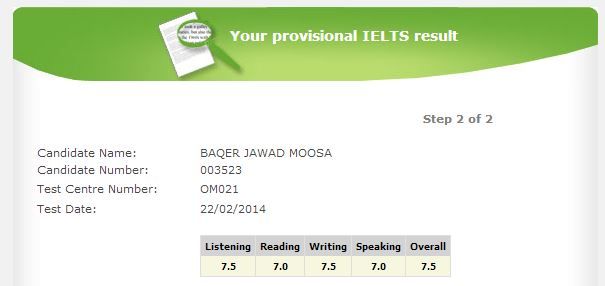Stock Control
What is Stock Control?
Stock Control is the system which monitors the items in stock. Should the store run low on items, re-ordering is required.
Note that too much stock is not good for the store; nor too little is. This is due to several facts including:-
* Too much stock costs more money. Keeping too much stock could lead to 'stock overload'
* Storing a lot of perishable items such as food is not a good idea as these items are going to perish sooner or later.
* Having too little stock means that the store is going to run out of stock before the next delivery times.
Point-of-sale (POS) is the place where items are retailed and all transactions are made. Refunds are also done there. A POS consists of a screen, a barocde reader & a number pad (should the barcode reader goes out of order. A normal POS is called as the manual system as it doesn't keep track of stock constantly. It is not connected to a database over a netowork and hence re-ordering and update take place manually.
An Electronic Point-of-sale on the other hand is known as the automatic system. It pretty much consists of the same components as the normal POS. The only difference is that the EPOS is connected with a database. This means that most of the things are done automatically.
The whole process of the EPOS has some benefits to both the super markets & the customers. They involve:-
- Goods are re-ordered automatically when stock falls under the the re-order level.
- Stock is updated after each transaction leading to a more accurate idea of stock levels.
- Questions over the bill can be resolved in a blink of an eye as a result of the itemized bill
- The use o f barcodes ensure greater accuracy and reduce errors.
In old times, retailing stores used to go counting the items in stock and ordering a large amount of items from the wholesalers. This done annually. The problems arises from the financial point of view as the company or supermarkets have to pay a substantial amount of money for the warehouse facilities and employees. Hopefully, the 'just-in-time' solves this issue as it ensures items to be delivered right where and when the company needs them.

















